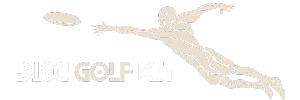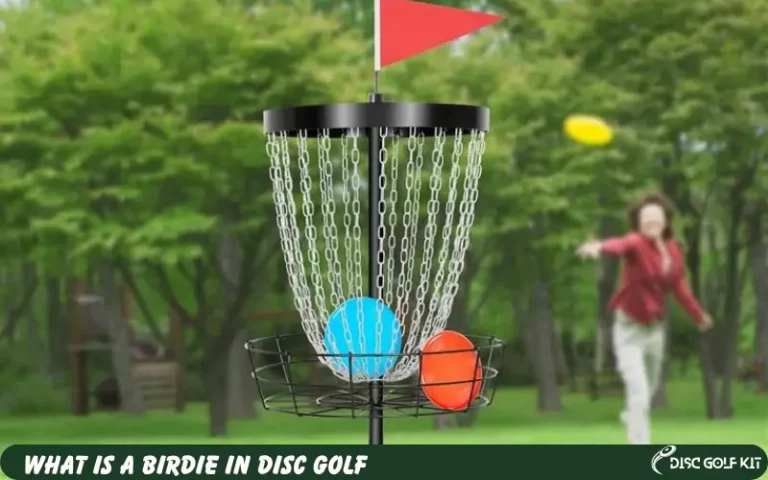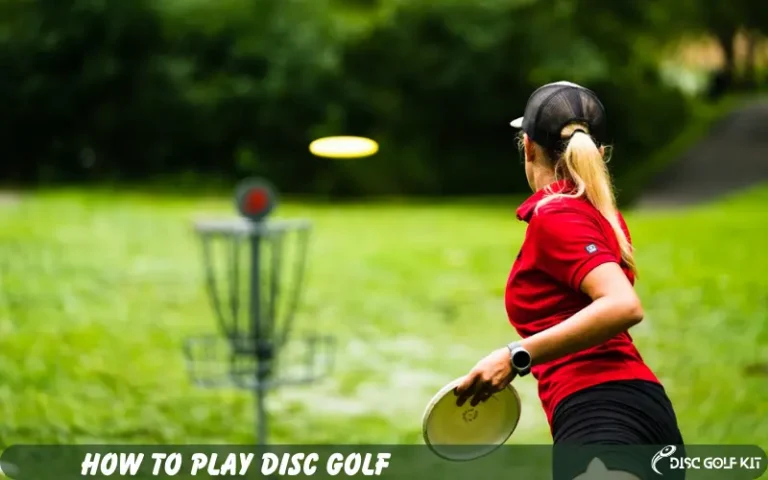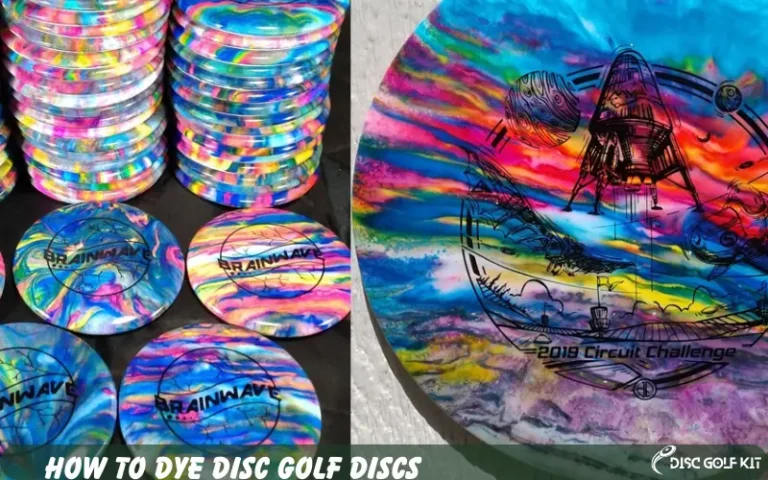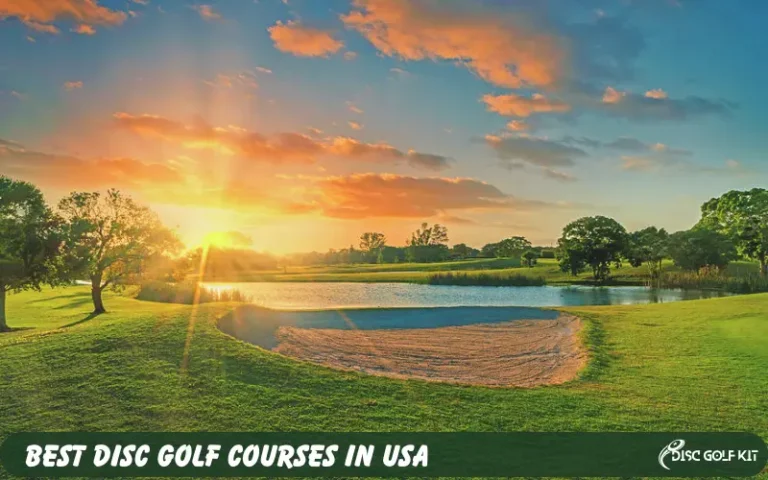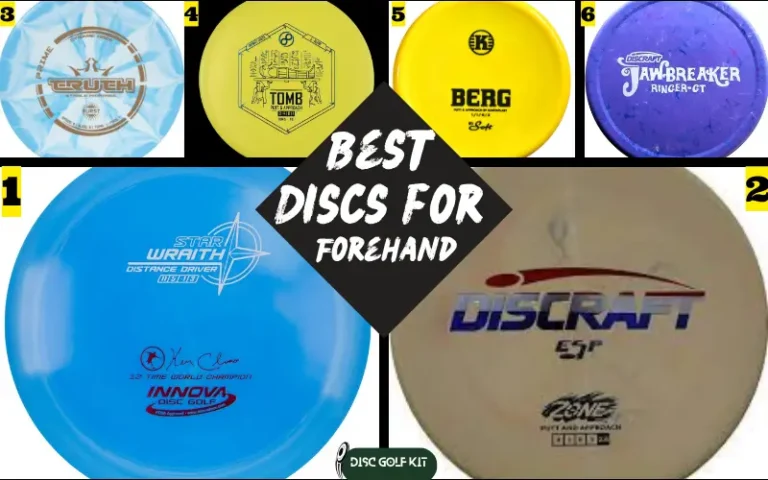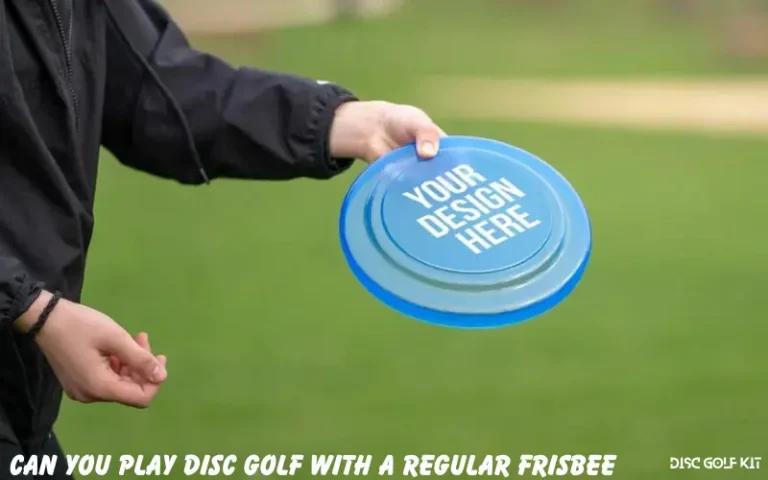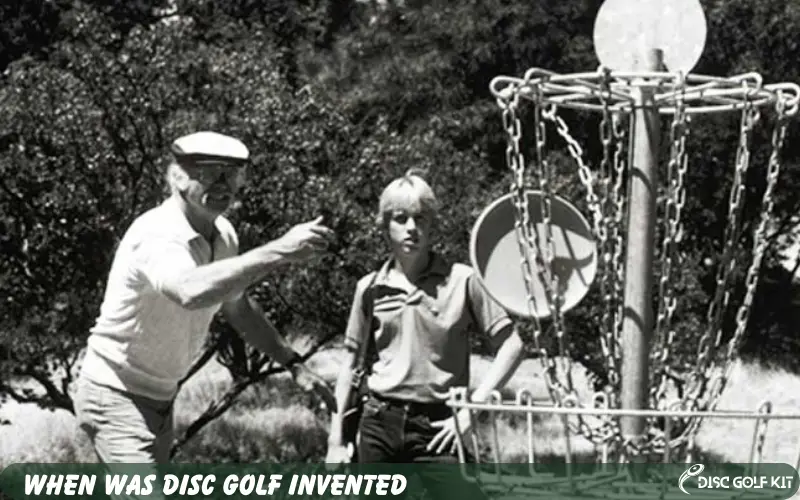
Disc golf, a popular recreational sport that combines elements of traditional golf with flying discs, was invented in the 1960s. This innovative and enjoyable activity emerged when a group of individuals began experimenting with throwing Frisbees or flying discs towards designated targets, often trees, poles, or other natural obstacles in a park setting.
The precise moment of its invention is somewhat debatable, as multiple individuals and groups across the United States contributed to the early development of the sport. However, a pivotal figure in the history of disc golf is Steady Ed Headrick, who is often referred to as the “Father of Disc Golf.” Headrick, an avid disc enthusiast, played a significant role in standardizing the game by designing the first formal disc golf course in 1975 at Oak Grove Park in Pasadena, California.
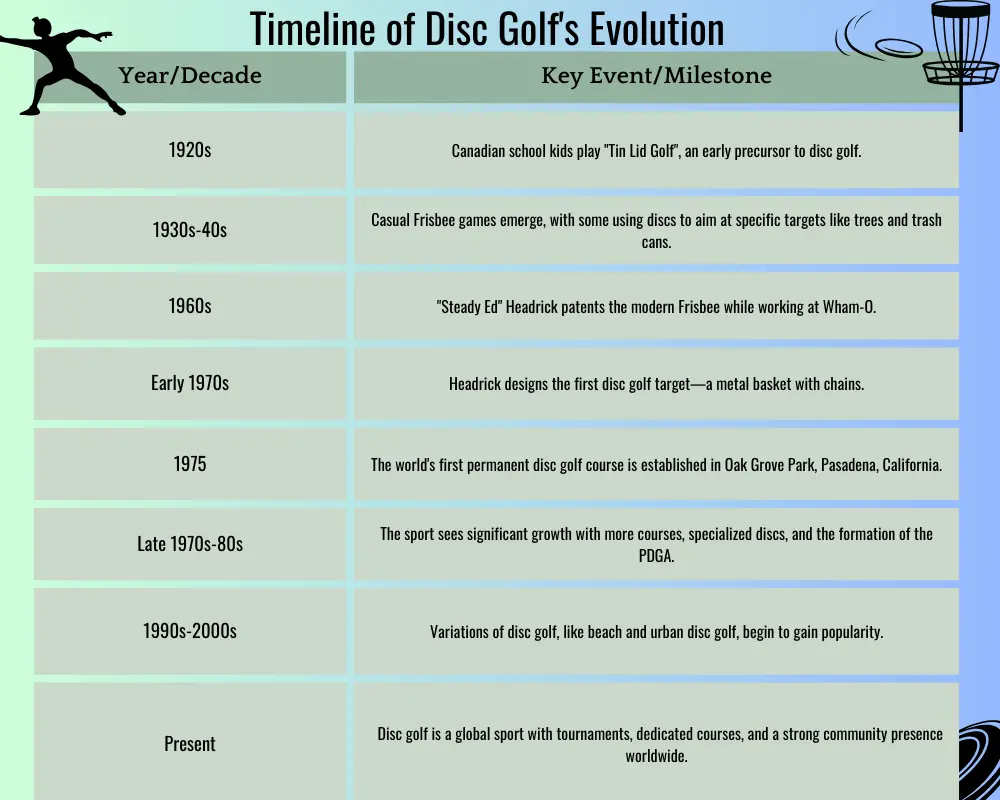
When was Disc Golf Invented? A Deep Dive into its Origins
Disc golf, often described as the perfect blend of traditional golf and Frisbee fun, has evolved from a simple pastime to a global phenomenon. With courses spreading from the heartlands of the USA to the scenic landscapes of Scandinavia, it’s not just a game—it’s a community. Players ranging from young children to senior citizens can be seen strategizing their throws, proving its universal appeal. Its exponential rise in recent years, with tournaments broadcasted on national television and players gaining celebrity-like status, underscores its profound impact on sports culture.
Importance of Understanding its Origins
Grasping the origins of disc golf is not about nostalgia; it’s about appreciation. Just as understanding the roots of a tree provides insights into its growth and strength, tracing back the history of disc golf offers players a deeper connection to every throw, every course, and every shared moment with fellow enthusiasts. By recognizing the pioneers, the initial challenges, and the evolution of the game, we don’t just play better; we honour the legacy and tradition that allows us to stand on the tee pad today.
The Early Beginnings of Disc Sports
Before the structured courses and specialized discs we see today, the world of disc sports revolved largely around a singular iconic item: the Frisbee. Emerging in the mid-20th century, the Frisbee was not just a toy—it was a symbol of leisure, family gatherings, and endless summer days. Beaches, parks, and college campuses became prime spots for spontaneous Frisbee games. It represented freedom, simplicity, and an invitation to play without rules or boundaries.
Brief Mention of the First Reported Instances of Disc Golf-Like Games
Amidst the backdrop of the Frisbee craze, innovative minds started using these flying discs for more than just casual tosses. Stories emerged of enthusiasts aiming their Frisbees at specific targets, be it lampposts, trash cans, or the occasional tree trunk. Though these instances were scattered and lacked the formal structure of today’s disc golf, they bore the unmistakable spirit of the sport. One notable instance was a game called “Tin Lid Golf”, played by Canadian school kids in the 1920s, where tin lids were thrown at designated targets. While these early renditions were fragmented and varied by region, they laid the foundational stones for what would eventually become the sport we adore.

The Birth of Modern Disc Golf
When discussing the transformation of disc golf from casual throws to a structured sport, one name stands out: “Steady Ed” Headrick. Ed wasn’t just an enthusiast; he was an innovator, often hailed as the “Father of Disc Golf.” While working at the Wham-O toy company in the 1960s, he patented the first modern Frisbee. But his passion didn’t stop there. Recognizing the potential for a structured sport around disc throwing, he went on to design the first disc golf target – an iconic metal basket adorned with hanging chains, which we recognize and use to this day. This invention shifted the paradigm, turning an informal activity into a game of skill and strategy.
The Establishment of the First Disc Golf Courses
With Headrick’s innovative target design, the foundation was set for organized play, and it was only a matter of time before the first disc golf courses emerged. In 1975, the world’s first permanent disc golf course was established in Pasadena, California’s Oak Grove Park. This wasn’t just a series of targets; it was a thoughtfully designed landscape, challenging players with varying terrains and obstacles. The course’s success ignited a spark, and soon, parks across the country and, eventually, the world began dedicating spaces for disc golf. These early courses not only provided enthusiasts with a platform to play but also legitimized disc golf as a bona fide sport, setting the stage for its exponential growth in the years to follow.
Popular Variations and Spin offs of Disc Golf
As disc golf continued to rise in prominence, creative minds sought to push their boundaries, leading to a myriad of variations that catered to different environments and player preferences. Beach disc golf, for instance, capitalizes on the sandy terrains of coastal areas. Players navigate through dunes, sea breezes, and the occasional onlooker lounging on the beach.
On the flip side, urban disc golf emerges from cityscapes, turning alleyways, lampposts, and even staircases into challenging obstacles, creating a unique fusion of the game with the hustle and bustle of city life. Beyond these, there’s also nighttime glow disc golf, played with illuminated discs, and even mountain disc golf, set against the backdrop of rolling hills and tricky terrains. Each variation adds its own set of challenges, ensuring the sport remains fresh and intriguing.

Emphasize the Adaptability and Universality of the Sport
The plethora of disc golf variations underscores one of its most striking features: adaptability. Whether you’re by the serene coasts, the heart of a bustling city, or the quiet of a mountain range, there’s a version of disc golf waiting to be played. This adaptability goes hand in hand with its universality. People from varied backgrounds, irrespective of age or athletic prowess, can engage with the sport in a way that resonates with them. The ability of disc golf to mould itself to fit any setting while still retaining its essence speaks volumes about its enduring appeal and global resonance. It’s more than just a game—it’s a global community, ever-evolving and always welcoming.
Conclusion
The story of When Was Disc Golf Invented is a testament to the human spirit’s penchant for innovation and community. From the initial days of tossing Frisbees in parks and targeting makeshift posts, we’ve witnessed the sport’s metamorphosis into a structured, globally recognized activity. Pioneers like “Steady Ed” Headrick laid down the groundwork, giving us the iconic disc golf target and legitimizing the sport with dedicated courses. Over the years, its malleable nature has given birth to myriad variations, from the sandy challenges of beach disc golf to the urban labyrinths of city courses, each adding layers of depth and intrigue to the game.
While we’ve come a long way, the journey of disc golf is far from over. With technology advancements, we might see smarter discs, virtual reality integration, or even international disc golf leagues that rival mainstream sports in viewership. The increasing recognition in schools and universities suggests a younger generation ready to take the torch forward, bringing their innovations and passion. One thing is clear: the future of disc golf is as bright as a disc soaring towards an ace. As players and enthusiasts, we have front-row seats to this ever-evolving spectacle, and there’s no telling where the next throw will take us.
Frequently Asked Questions about the Invention of Disc Golf

Written by
Declan Hodgson
Meet Declan Hodgson, your disc golf sherpa at DiscGolfKit.com. Navigating the twists and turns of the sport, I’m here to guide you through the world of discs, gear, and the pursuit of that perfect throw.
